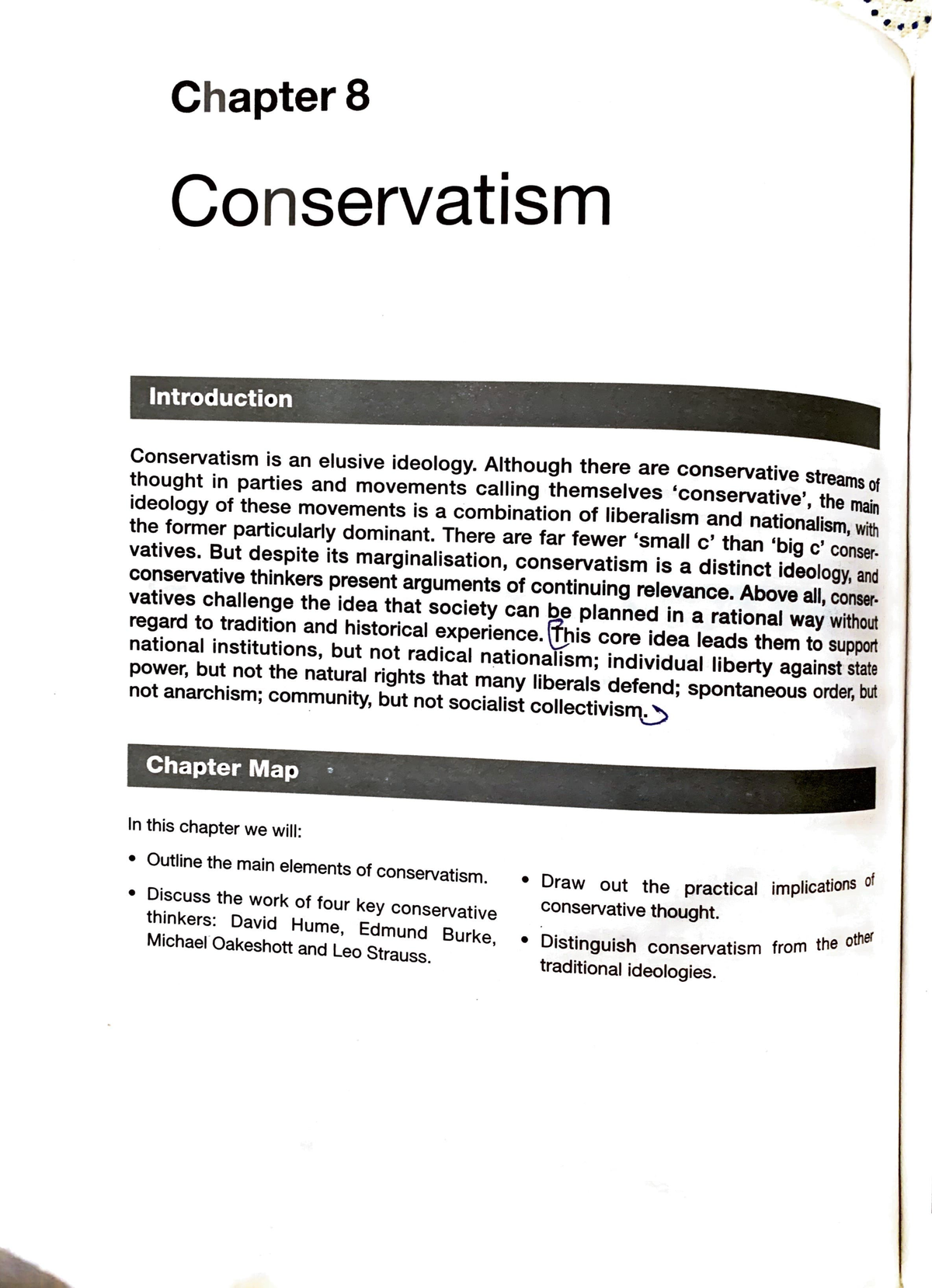
Thus, when given a choice between several outcomes where the probabilities of occurrence are equally likely, you should recognize that transaction resulting in the lower amount of profit, or at least the deferral of a profit. Similarly, if a choice of outcomes conservatism constraint with similar probabilities of occurrence will impact the value of an asset, recognize the transaction resulting in a lower recorded asset valuation. One of the often cited examples of the conservative constraint has to do with the valuing of inventory.
- This is sometimes interpreted to mean assets and income should always be understated, which is not correct.
- Philosophers mightspeculate about why we have the duties that we do, but prejudice makesus act, without having to calculate all the consequences—orindeed to reason about ends.
- These generally accepted accounting principles for businesses or governmental organizations have developed through accounting practice or been established by an authoritative organization.
- If Blue Guitar, Inc. expects to lose the suit; they should record the loss in the footnotes of its financial statements.
What is Accounting Constraints
These examples illustrate how accounting constraints guide the preparation and presentation of financial information, ensuring it is both useful and practical for users. It entails an accurate evaluation of the cost of furnishing financial data against the benefits derived from its utilisation, all while factoring in key elements like the materiality constraint, contribution margin, and decision principle. By optimising resource allocation and processes, TOC aims to enhance financial performance while minimising costs.
The Accounting Review
These constraints help ensure that financial information is useful, understandable, and comparable, while also balancing the need for accuracy with the practical considerations of cost and complexity. – Red Brick Records is getting ready to release a new album and is unsure as to whether it owes a few artists on the record royalties due to contracts and legal disputes. Red Brick should report the contingent liability in the footnotes of the financial statements.
Lets Get Social
The key constraints for reliable financial statements are objectivity, consistency, and materiality. These ensure that the information presented is unbiased, comparable over time, and focuses on important details. The principle of conservatism gives guidance on how to record uncertain events and estimates. The principle of conservatism states that you should always error on the most conservative side of any transaction. Most of the time this means minimizing profits by recording uncertain losses or expenses and not recording uncertain or estimated gains.
The IRS has implemented several rules to mandate the recognition of taxable income in certain circumstances, in order to accelerate the recognition of taxable income. If a transaction does not meet the requirements to be reported, it must be reported in the following period. This will result in the current period being understated and future periods being overstated, making it difficult for an organization to track business operations internally.
Review of Accounting Studies
Libertarianism influences neo-conservatism, but—as an extremeform of liberalism—is at best neutral towardsconservatism’s emphasis on tradition. There are numerous rules mandating that the recognition of revenue be deferred until all performance conditions by the seller have been completed. Similarly, a business cannot recognize a gain (for example) from a lawsuit, despite being certain of winning it, until the verdict is announced and cash is received. This level of conservatism can put off the recognition of gains for substantial periods of time. This conservative approach is not intended to result in arbitrarily reduced financial statements, but rather to produce results that are unlikely to require future adjustments, thereby gaining the public’s trust in the contents of financial statements.
The conservatism constraint provides final guidance to an accountant when higher level concepts fail. This constraint states when in doubt, report information that does not overstate income or assets or does not understate expenses or liabilities. This is sometimes interpreted to mean assets and income should always be understated, which is not correct. When there is no doubt how to accurately account for an asset or expense, then this constraint is not applied.

He applies AdamSmith’s metaphor of the invisible hand to the emergence of urbanorder, rejecting the utopian, social revolutionary visions of Gropius,Le Corbusier and other modernists. These writers sharply separatearchitecture and “mere” building in a way opposed toScruton’s vernacularism. A district of London suchas North Kensington, where planning was at best rudimentary, and whichhas few “public spaces” in the planner’s sense, is“eminently public”, Scruton argues (1994). “Idealism” and “rationalism” tend to be“utopian”, and thus require uniformity and conformity, anddeny individuality and originality, he believes; they do not recognisethat members of society desire different ends. Oakeshott attacks“the ideological style of politics”, which pursues an“abstract idea” blind to the society’s actualarrangements and their moral and emotional“intimations”—“men in a hurry” who wishto plan and mobilise.
This approach aims to provide users of financial statements with reliable and transparent information about a company’s financial position and performance. In this article, we delve into the principles, application, and implications of accounting conservatism. Many treat it as a standpoint that issceptical of abstract reasoning in politics, and that appeals insteadto living tradition, allowing for the possibility of limited politicalreform. On this view, conservatism is neither dogmatic reaction, northe right-wing radicalism of Margaret Thatcher or contemporaryAmerican “neo-conservatives”. Other commentators, however,contrast this “pragmatic conservatism” with a universalist“rational conservatism” that is not sceptical of reason,and that regards a community with a hierarchy of authority as mostconducive to human well-being (Skorupski 2015).
Similarly, conservatism can be applied to the recognition of gains and losses, where losses are generally recognized as soon as possible, while gains are deferred until it is quite certain that they will be realized. For example, a possible loss from a lawsuit must be reported as a contingent loss, while a possible gain from a lawsuit cannot be reported until a favorable lawsuit ruling has been issued and the related cash has been received. An accounting constraint is a limitation or guideline that shapes how financial information is reported. These constraints ensure the accuracy, reliability, and comparability of financial statements. This persistent adherence to consistency and comparability remains immovable, even in the face of financial constraints, highlighting the flexibility and stability of accounting constraints in guiding financial management practices. This example highlights the principle of materiality, emphasising the importance of prioritising essential financial information over trivial discrepancies, and achieving the theory of constraint accounting.
